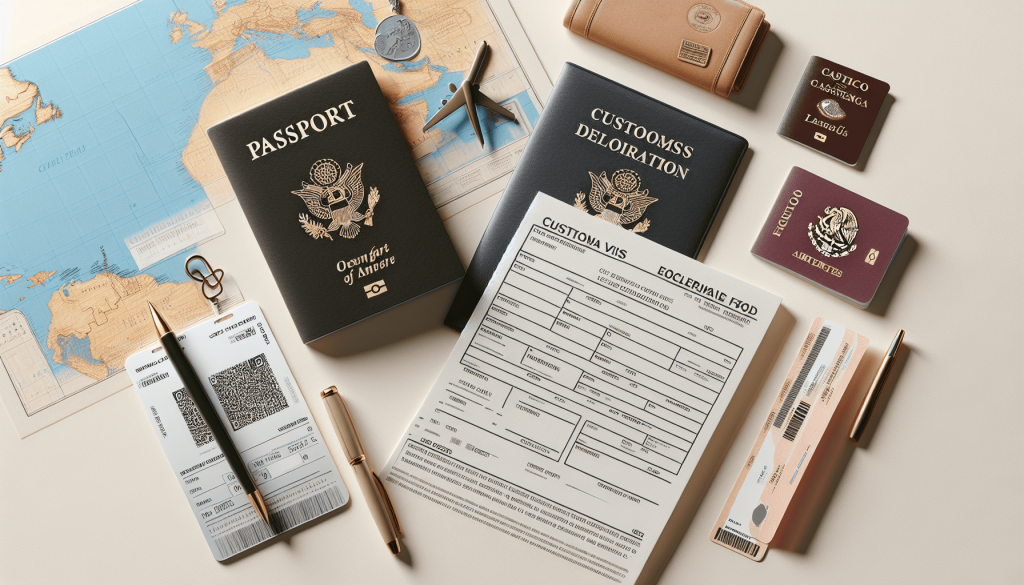Voter Registration: Essential Documents and Process Guide

The process of voter registration is a critical step towards engaging with democracy, allowing your voice to be heard through voting. This guide will walk you through the essential documents required for voter registration and outline the step-by-step process to ensure you're ready to participate in upcoming elections.
Essential Documents for Voter Registration

To register as a voter, you need to prove your identity, age, and place of residence. Here are the documents commonly required:
- Proof of Identity: This could be a driver's license, passport, or any government-issued ID card. The document must clearly show your name.
- Proof of Age: Documents like birth certificate, passport, or a government ID indicating your birthdate.
- Proof of Residency: Utility bills, bank statements, or lease agreements that show your current address.
💡 Note: Always check with your local electoral commission or visit their website for the most current list of acceptable documents, as requirements might vary by location.
Step-by-Step Guide to Voter Registration

- Verify Eligibility: Ensure you meet the voting age requirement, typically 18 years old, and are a citizen or legally eligible to vote in your jurisdiction.
- Gather Documents: Collect the necessary documents as outlined above. Make sure they are not expired.
- Choose Registration Method:
- In-Person: Visit your local electoral office or specific locations designated for voter registration.
- Online: Many regions now offer online voter registration, requiring you to upload or scan your documents.
- Mail-In: Sometimes, especially in places without digital options, you can send your completed registration form by mail.
- Complete the Form: Fill out the voter registration form with accurate details. Common fields include:
- Name
- Address
- Date of birth
- Social Security number (in some countries)
- Political party affiliation (if required)
- Submit Your Application: Depending on your chosen method:
- In-Person: Submit your documents directly.
- Online: Upload scans or digital copies of your documents.
- Mail-In: Mail the completed form with copies of your documents.
- Verification Process: After submission, your information will be verified. This might involve checking your documents against public records.
- Confirmation: Upon successful registration, you'll typically receive a voter registration card or a confirmation email. Keep this safe as it contains your polling location and other voting information.
- Stay Informed: Check for updates or any changes in your voter status. Elections offices usually send reminders or updates via mail or email.
🌟 Note: If you move, change your name, or miss a deadline, you might need to re-register. Always keep your voter information up to date.
The journey of registering to vote not only empowers you to participate in the democratic process but also ensures that your community benefits from your input on crucial issues. By following these steps and ensuring you have the necessary documentation, you're setting yourself up to have a meaningful impact on future elections. Remember to stay informed about local and national voting deadlines, as timely registration is key to exercising your right to vote.
Can I register to vote if I don’t have a driver’s license or passport?

+
Yes, you can use other forms of government-issued identification like a national ID card, birth certificate, or social security card for identity verification.
What should I do if my voter registration card does not arrive?

+
Contact your local electoral office to confirm your registration status. Sometimes, registration can be verified online through official election websites.
How often do I need to re-register to vote?

+
You usually only need to re-register if you change your address, name, or in some cases, if you haven’t voted in several elections. Always check your local election rules.
Is it possible to register if I have no fixed address?

+
Yes, some jurisdictions allow registration with alternative proof of residency like mail received at a shelter, hospital, or a friend’s address.



